
Today we can finally confirm that our last young Osprey of the season, KF5 (better known as Farine since she had a very white head), has migrated. Now that all the 12 Ospreys reintroduced this year to Switzerland have gone, the release site has become very quiet. Farine had spent about a month in our aviaries with her sister Noctule after having arrived from Norway on July 11. We quickly noticed that both were big eaters and they ate significantly more fish than the other birds. At one point some were even wondering whether they would be “too fat to fly”…
However, when their cage door was opened on August 7, both birds easily made a nice first flight before settling into their individual routines. Against all bets, Farine’s sister Noctule beat her by migrating on September 3, joining three other birds that took advantage of perfect weather conditions with a small “bise”, a northerly wind stimulating them to migrate that day.
After watching all her mates head south, Farine finally decided to travel on September 7. At 3 pm she suddenly spiralled upwards, soaring high over the Mont Vully until she became just a tiny speck in the sky. She then headed south-west towards Lake Neuchâtel, where we eventually lost her radio signal. Because we can never be sure when we will see our young birds for the last time (some can make a “false departure” and unexpectedly reappear after 2 or 3 days of absence), we need to wait for a few days before we can be sure that they have really gone. Since it has been three days with no sign of Farine, it is now clear that she has been the last to leave, bringing to a close an exceptionally successful third reintroduction season.



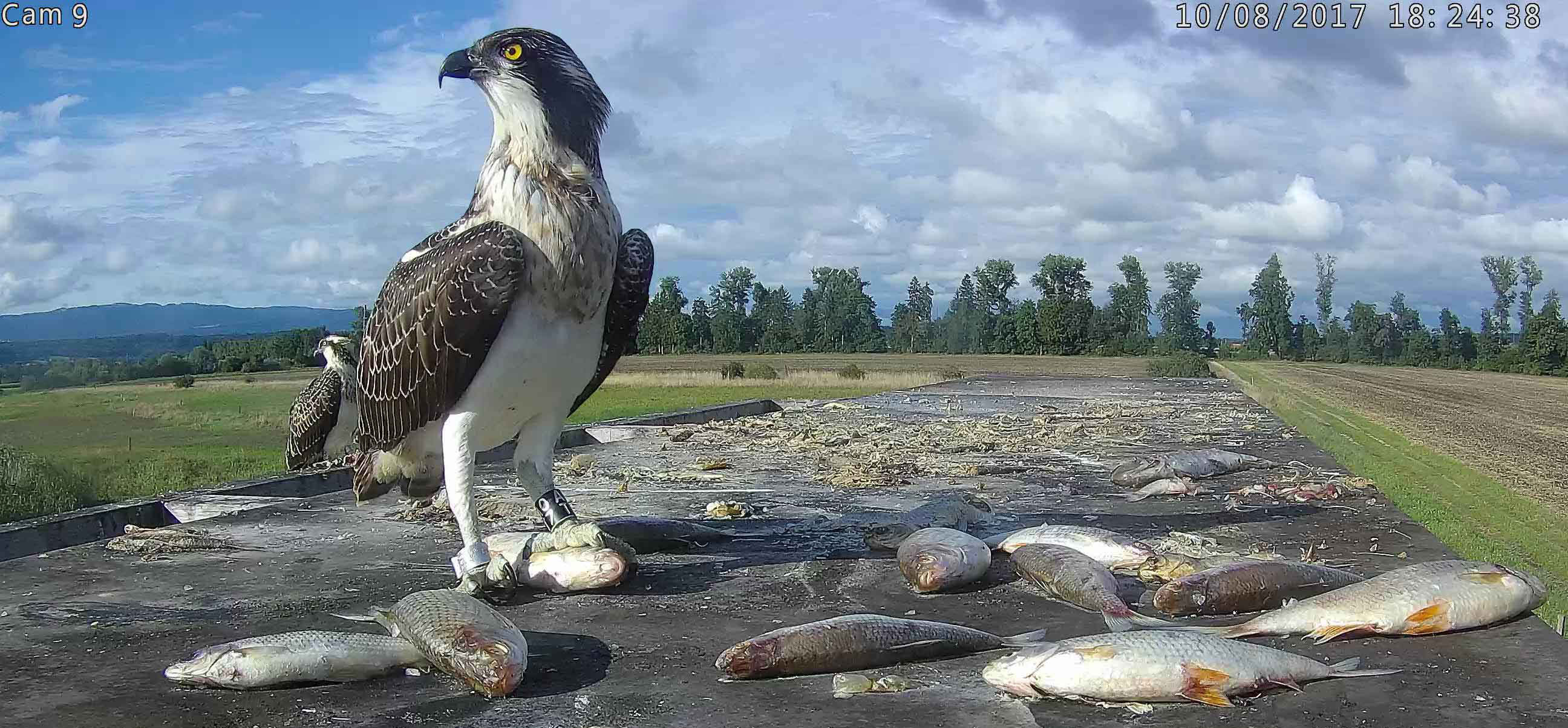

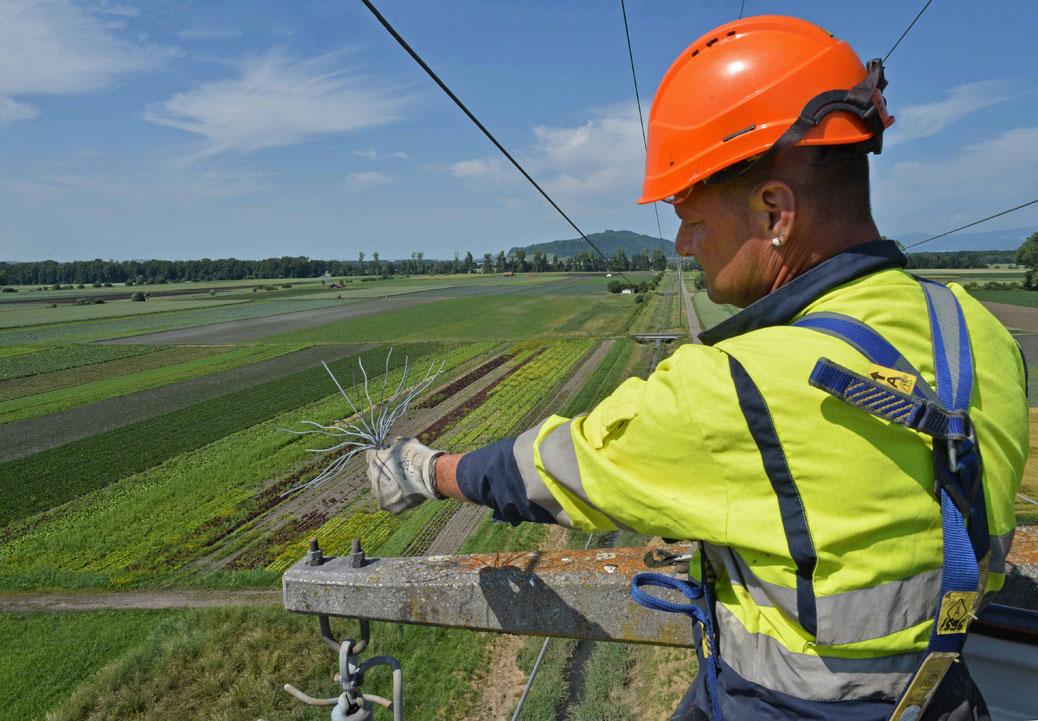


 A
A 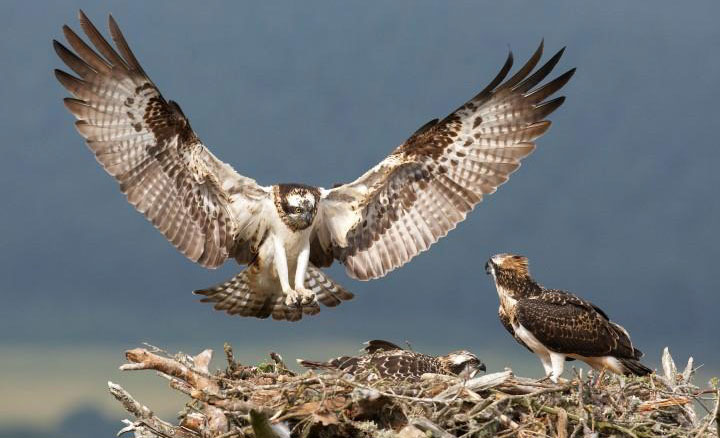 A “
A “



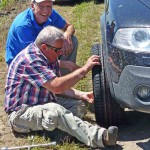














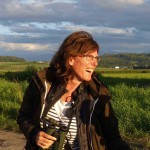




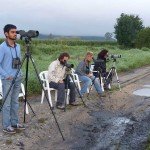




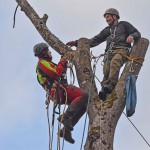
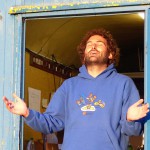

 December and January is a great time to escape the northern winter and look for Ospreys further south, so we decided to spend the Christmas holidays in Senegal and more precisely, see if any of our released birds had decided to winter there. Arriving to the Langue de Barbarie National Park near Saint Louis (a very important place for wintering Ospreys) on December 22, we met John Wright from the
December and January is a great time to escape the northern winter and look for Ospreys further south, so we decided to spend the Christmas holidays in Senegal and more precisely, see if any of our released birds had decided to winter there. Arriving to the Langue de Barbarie National Park near Saint Louis (a very important place for wintering Ospreys) on December 22, we met John Wright from the 

